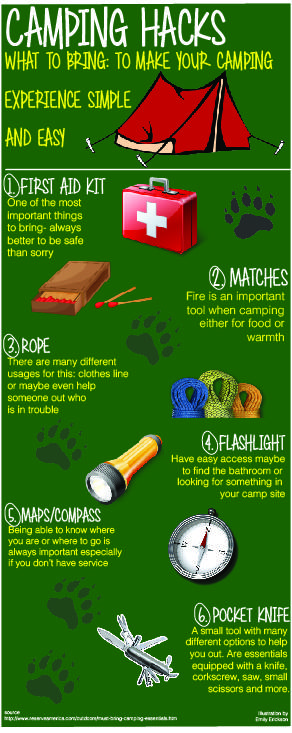From the nomadic people of Central Asia to glamping websites around the world, bell tents have become a symbol of rustic journey. Their legendary shape and large interiors create an ambiance that is both comfy and impressive.
How long should a tent stay waterproof?
Their origins can be traced to army outdoors tents created by Henry Hopkins Sibley, who patented the conical canvas sanctuary in 1856. The layout was based upon the Native American teepee and was designed to be conveniently constructed, long lasting and portable.
Origins
The bell outdoor tents has actually been a staple for outside enthusiasts since the 19th century. The layout is rooted in armed forces tents that saw service in the Crimean Battle, and later became preferred with precursor groups throughout America. The American Sibley outdoor tents was a variation of the European bell tent. Its developer, Henry Hopkins Sibley, took ideas from the Native American tepee when creating his variation. His design incorporated a single facility post, raised bigger wall surfaces and a venting cap that permitted smoke from the oven to leave.
Today, modern canvas bell outdoors tents provide a sense of deluxe for camping enthusiasts and are a popular choice for glamping hideaways. With a roomy interior and an eye-catching shape, these outdoors tents can be decorated with furniture and décor to develop a comfortable and intimate setting for passengers. The circular layout likewise assists with wind resistance and permits versatile interior designs. The simpler layout with fewer posts and risks makes it simpler to establish camp and transport to various places.
Military Usage
The Bell Tent was a home-away-from-home for several soldiers in the 18th century. It was used on the combat zone along with for command centres and field hospitals.
Its ability to be promptly set up in a variety of objective scenarios enabled it to serve as a reliable shelter and work space. Its modular design suggests it can broaden or get to fit the requirements of various sized teams and goals.
Additionally, it can be conveniently transferred making use of a range of lorries and hands-on transportation, making it a useful selection for military and rescue procedures. Its lightweight, small nature also makes it much easier for soldiers or rescuers to carry and hike throughout complex surface to reach their mission site. This conserves valuable time and sources.
Glamping
With the rise of glamping, bell outdoors tents became prominent as a luxurious camping choice. Their renowned shape develops a wonderful setting and can be fitted with trendy home furnishings to add an additional touch of convenience to your camping experience.
In the 19th century, the armed forces adjusted the design to make it a lot more durable and useful for usage on war zones and explorations. Pet hides were replaced by canvas that had been treated with waterproofing representatives, enabling the bell camping tent to stand up to harsh weather.
The bell outdoor tents's practicality caught the interest of entertainment campers, and it quickly got appeal as a tent for camping trips and various other exterior events. It is now a staple at store outdoor camping sites, music celebrations, and eco-resorts, where it supplies a blend of nostalgia and refinement.
Design
The bell camping tent's basic layout stood out of recreational campers, and it quickly came to be a staple amongst those who wished to experience the outdoors stylishly. Today, you can locate these versatile structures in camping areas and at glamping resorts throughout the globe.
The first patented version of the bell camping tent was created by Henry Hopkins Sibley throughout the American Civil War, drawing motivation from Indigenous American tipis. He included a solitary central pole, short side walls, and an aired vent "cap" for smoke from a cooktop to create his innovative camping tent.
Gradually, Sibley's layout boosted with the enhancement of breathable canvas and other materials that allowed the camping tent to control its temperature level. Modern bell outdoors tents are wall tents made from a selection of materials, including cotton and blends with flame retardant material to minimize fire threats. Their sizable insides are ideal for organizing furniture to produce comfy resting locations and lounge rooms. They are additionally light-weight and very easy to assemble, making them a fantastic choice for novices or anybody trying to find a trouble-free outdoor camping experience.
How heavy should your backpacking tent be?
